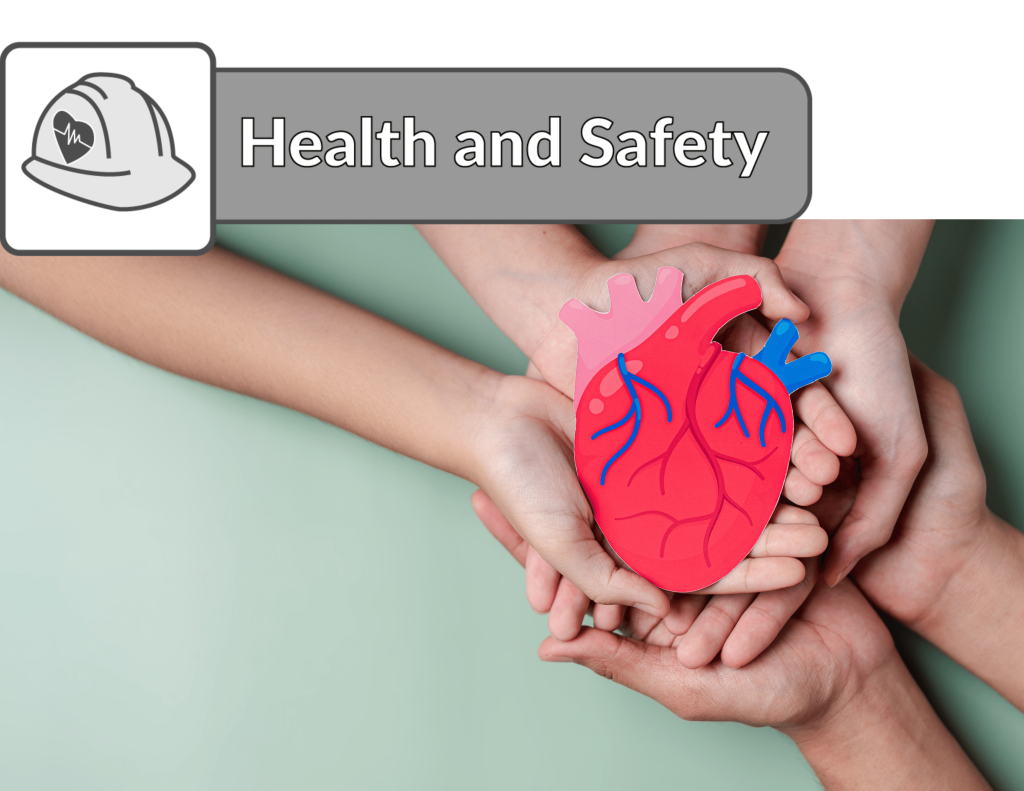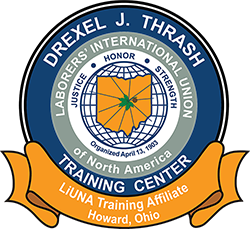
Health & Safety Information
A Closer Look at Energy Drinks
Energy drinks are extremely popular among construction workers and other professionals who require high levels of alertness and physical stamina. Energy drinks are beverages containing stimulants, primarily caffeine, along with sugars, vitamins, and other additives, designed to enhance alertness, increase energy, and improve physical performance. According to the National Institutes of Health (NIH), they are the second most popular dietary supplement among American teens and young adults, behind only multivitamins, with men ages 18 to 34 consuming the most. Their popularity is understandable, as Laborers and other construction personnel often wake before dawn, work long hours, and face physically demanding conditions.
Despite marketing, energy drinks are not the same as sports drinks. They don’t replace fluids or electrolytes; instead, they deliver a mix of caffeine and other stimulants, often with sugar, that temporarily stimulates the nervous system. When the caffeine wears off, individuals usually experience a “crash” with fatigue, headaches, and low motivation, sometimes prompting them to consume even more caffeine and repeat the cycle. For construction workers who already face dehydration and heat stress, this cycle can be especially risky.
Energy drinks often make strong claims of improved performance, enhanced concentration, and faster reaction times. But not all energy drinks are created equal. Products marketed as dietary supplements are not required to share full nutrition facts or undergo direct regulation by the Food and Drug Administration (FDA). They must list ingredients but not their quantities, and they can conduct their own safety and efficacy studies. Drinks sold as standard beverages, however, must include a complete nutrition label with ingredient amounts and quantities.
Beyond their role in hydration and energy, there is also a question of how these products are marketed and regulated—something that directly impacts their safety for frequent consumers.
The FDA recommends adults consume no more than 400 milligrams of caffeine per day—about four to five cups of coffee. Consuming more than this can trigger side effects that disrupt the body, including an increased risk of heart attack. These risks are exacerbated by vague labels and unclear caffeine quantities, which can lead individuals to consume far more than they realize.
And the risks aren’t just tied to caffeine itself, but to the way these drinks interact with the body. While energy drinks advertise bold benefits, research shows their most common outcomes can include dehydration, elevated blood pressure, kidney stones, muscle weakness, brain fog, heat illness, and, in extreme cases, cardiac arrest.
Even when they do provide a short-term boost, the combination of caffeine and sugar often leaves you feeling worse than when you started.
Energy drinks can be safe in moderation, but it’s essential to read labels carefully and look for brands that support their claims with credible science.
For longer-lasting energy, consider replacing energy drinks with a sports drink that replenishes fluids, vitamins, and minerals lost through sweat. Everyday alternatives like water, coffee, or tea can also provide hydration and alertness without the extreme highs and lows of energy drinks.
However, if you still crave a caffeinated boost, consider a more health-conscious, science-backed energy drink with low sugar, no artificial sweeteners, and less than 400mg of caffeine, such as Celsius energy drinks. These options are not perfect, but they are better alternatives than many of their competitors.
Takeaway
At the end of the day, energy drinks may offer a quick fix, but better hydration, balanced nutrition, and adequate rest remain the safest—and most effective—ways to stay energized on the job.
https://nfhs.org/stories/the-shocking-truth-about-the-dangers-of-energy-drinks
https://lhsfna.org/energy-drinks-big-on-claims-small-on-substance/
